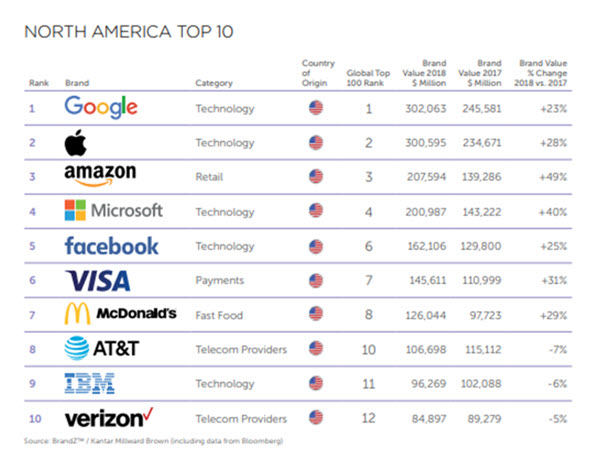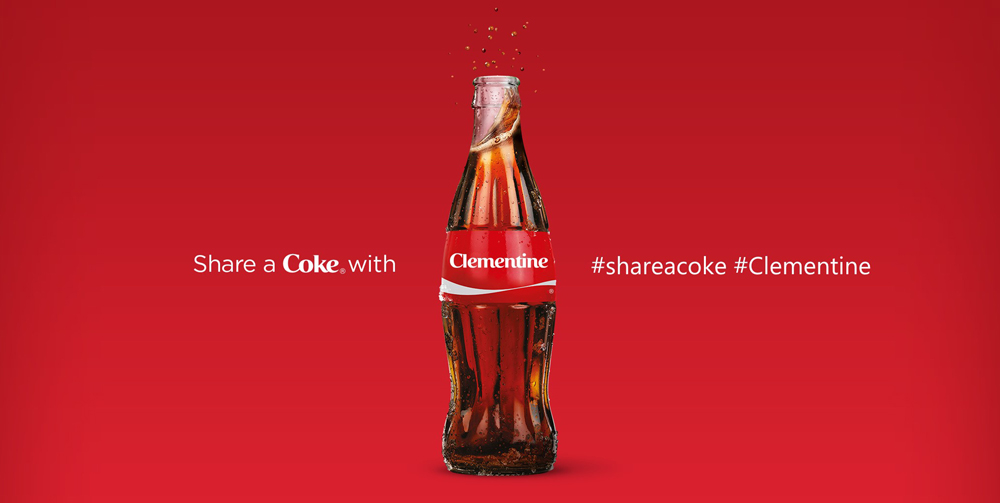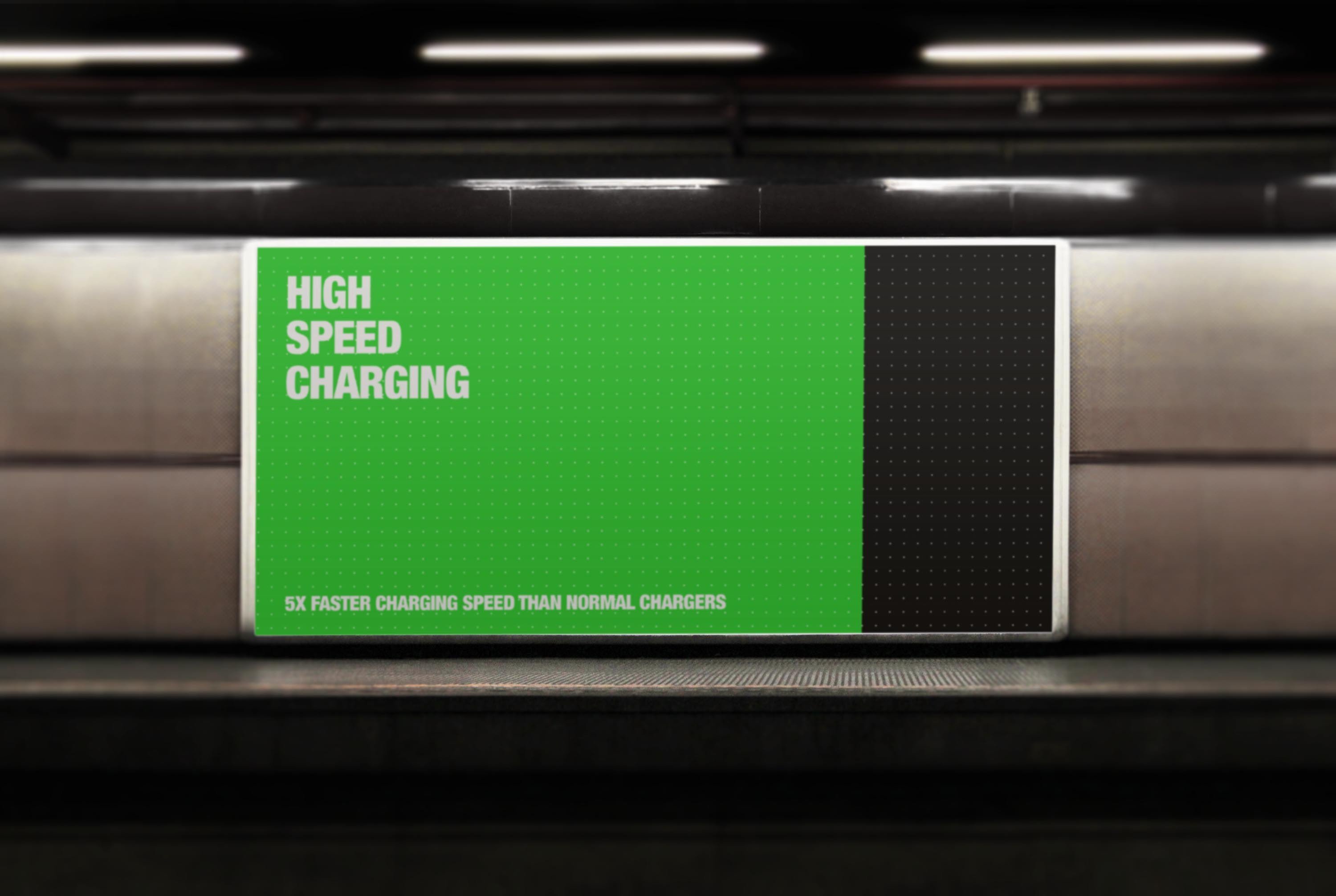
Maggi has been the talk of the town since it was banned from India in India because it contained lead. Nestle, the manufacturer of Maggi, quickly responded with a print campaign to sway the public back to its noodles. It features a mother-and-child duo who are the core of its campaign. It also deploys visual effects to make the ad stand out.
The ad shows the value and ease of Maggi noodles in cooking nutritious meals for your family. The advertisement features a mom and child. It is a simple, feel-good commercial that will appeal to all ages.
Maggi ad comes with a short instrumental. The brand's Maggi Veggie Masala soup is also featured in the ad. It is a healthy soup infused with vegetables, which can be used for both lunch and dinner.
In addition to the ad, Nestle has also launched a campaign on social media. Nestle published several posts on its Facebook page, highlighting the Maggi commercial and encouraging users to share their Maggi stories.

The ad uses the slogan "Mummy Bhookh lagi hai" to show the mother-daughter bond. The ad does not show a mother cutting vegetables but it does show her cooking Maggi and serving it to her daughter. The children are watching as the mother cooks.
To expand its reach into smaller markets, the Maggi advertisement was translated in four languages. Aside from the ad, the company has launched cooking courses to teach people how to prepare Maggi noodles. The company has also recently launched online recipes for several countries.
EiPi Media created the Maggi ad. This agency has a number of high-profile clients, including Nestle, Sony, and Volkswagen. Prahlad Kapkar directed this ad-film.
Like its slogan, the Maggi ad combines technology with visual effects to make it feel unique. The advertisement is shot in India's hilly villages. It was shot using a Sony LIV.
The Maggi ad is not without its faults. However, it has been widely praised for its innovative advertising strategy. The ad included enamel placards outside of shops that sell Maggi products. It has also been advertised on posters that are posted on public transport.

Another advertising gimmick has been the introduction of a welcome kit to new consumers. It included a fridge magnet and calendar as well as 12 Maggi packs. The ad also promoted the company's upcoming launch.
Nestle launches a new instant-noodle product to further its position in this growing market. Snapdeal is Snapdeal's e-commerce partner. Snapdeal announced the partnership earlier this week. The company already sees significant sales of its Maggi packets online.
Despite all the controversy surrounding Maggi's ban, it is still one of the most loved packeted foods in the nation. The company's Facebook page has more than 261,433 likes.
FAQ
What is affiliate market?
Affiliate marketing is an online model that allows you to earn commissions for referring customers to other websites. The product owner pays you when someone buys from you.
Affiliate marketing is built on referrals. Referring people to your website is all that's required. All you need to do is refer them to the website.
You don't have to sell anything. It's as simple to sell as to buy.
You can even set up an affiliate account in minutes.
You will get more commission if you refer more people.
There are two types:
-
Affiliates who have their own websites
-
Affiliates who work in companies that offer products or services.
What should you know about printing advertising?
Print advertising is an effective medium for communicating with consumers. Print advertising is used by many companies to promote their products and services. The key objective is to capture the attention of the consumer.
Print ads are typically short (1 page) and usually include text, photos, logos, or other graphics. They may also include sound, animation, video, and hyperlinks.
Here are the main types and classifications of print advertising:
1. Brochures – These are large format printed pieces that are intended to draw people into stores. They are often filled with colorful images and catchy designs.
2. Catalogues - These are smaller versions of brochures. These are often sent to customers who have asked for information on particular items.
3. Flyers – These are tiny pieces of paper distributed at events like concerts or fairs. If they are given out at retail outlets, they can be obtained for free, but you must pay for them.
4. Posters – These are larger versions for flyers. They are often displayed on walls, fences, or buildings. They are typically created using computer software programs that aim to attract the attention of passersby.
5. Direct mail – This is a direct mailing of letters or postcards directly to customers. These are sent out by companies to remind customers about their business.
6. Newspaper Ads – These are ads that appear in newspapers or magazines. They can be quite lengthy and often include text as well as images.
Is it possible for traffic to be free?
Free Traffic refers to the traffic that comes directly from organic search results without paying for ads. This traffic is known as natural or organic traffic. There are many methods to obtain free traffic such as article marketing or social media marketing.
Article Marketing is an excellent way to generate free traffic. Paid ads have a higher CPC, but the CPC is typically much lower than paid ads. Article marketing is also referred to as content marketing.
Social Media Marketing- You can promote your business using social media sites like Facebook and Twitter. You can use these platforms to post updates, share photos and build relationships with people who may become potential customers. Many businesses choose to buy ad space in social media because they want a wider reach at a reduced price.
Blogging - Another great way to generate traffic is blogging. Quality content that is enjoyable to read will attract people. Once you're attracting visitors, you can monetize your blog by selling products or services.
Email Marketing – Email marketing has been around ever since the dawn of the Internet. However, it remains one of your best methods to drive traffic to you website. Sending emails regularly is a good strategy to grow your list of subscribers and eventually sell them something.
What is the basic purpose of advertising?
Advertising isn't just about selling products. It's also about creating an emotional connection among your customers and you.
Advertising is about communicating your ideas and values to people who already care about what you have to say. It's about changing minds and attitudes. It's about building connections.
It's about helping people feel good about themselves.
But, if you don’t have a clear understanding of your customers’ needs, you will not be able sell anything.
Before you begin any advertising campaign, it is important to understand your customers' needs, wants, and buying patterns.
Then you can design ads that will resonate with them.
What is an Ad Campaign?
Advertising campaign refers to a series of advertisements intended to promote a product. It can also refer to the whole production of such ads.
"Ad" is a Latin word that means "to sell." The first known use was by Marcus Terentius Varro (116-27 BC), who used it as a verb meaning "to make a sale."
Advertising campaigns are typically done by large agencies and companies. Many media types can be used in these campaigns, including television, radio and print.
Advertising campaigns typically last for several months and have specific goals. One example is that some campaigns seek to create awareness while others are more focused on increasing sales.
What is an advertiser buyer?
An advertiser can buy advertising space in TV, radio, or print media.
Advertisers are paid for the time that their message will appear.
They do not always look for the best ads, but are looking for the most effective to reach their target audience.
Advertisers might have certain demographic information about potential customers. This could include age, gender income level, marital status and occupation as well as hobbies, interests, and so on.
This data can be used by the advertiser to decide which media is most effective for them. Direct mail might be more effective with older customers, for example.
Advertisers also look at the competition. Advertisers will look at the competition to see if similar businesses are nearby.
Advertisers should also consider how much money they have available and how long it takes to use it.
How much does it cost for social media advertising?
It is important to know that advertising on social media platforms is not free if you decide to do this route. You will be charged monthly depending on your time on each platform.
Facebook: $0.10 per 1,000 impressions
Twitter - $0.20 per 1,000 impressions (if you tweet)
Linkedin - $0.30 for 1,000 impressions if your send out invitations
Instagram: $0.50 per 1,000 impressions
Snapchat - $0.60 per 1,000 impressions ($0.40 per user)
YouTube - $0.25 for 1,000 views
Tumblr - $0.15 per 1,000 impressions for text posts.
Pinterest - $0.05 per 1,000 impressions per month
Google + $0.15-$0.20 Per 1 Million Impressions
Tumblr $0.15- $0.20 for 100,000 impressions
Vimeo - $0.20- $0.25 per 10,000 impressions
Soundcloud: $0.20-$0.25 Per 1 Million Plays
StumbleUpon - $0.20 -$0.25 per 1 billion pageviews
Digg - $0.20- $0.25 for 1000 diggs
Reddit $0.20-$0.25/1000 comments
Wordpress - $0.20--$0.25 per 500 comments
Flickr - $0.20 -- $0.25 per 5,000 photo uploads
Statistics
- It collects money from the advertisers, keeps 32% for its role in facilitating the process, and the remaining 68% goes to the publisher (you). (quicksprout.com)
- Advertising's projected distribution for 2017 was 40.4% on TV, 33.3% on digital, 9% on newspapers, 6.9% on magazines, 5.8% outdoor, and 4.3% on radio. (en.wikipedia.org)
- Worldwide spending on advertising in 2015 amounted to an estimated US$529.43 billion. (en.wikipedia.org)
- Google will display whichever ad type (CPM or CPC) is expected to earn more revenue for the publisher, which is in Google's best interest since they take a 32% share of the revenue. (quicksprout.com)
External Links
How To
How to create sponsored ads on Facebook
Facebook has quickly become one the most widely used social networking platforms. The global population is 1.79 billion. This number continues to grow every day.
Facebook is free. But, if you wish to reach your audience directly, you need to pay. You can also opt for paid advertising options such banners or promoted posts.
Log in to an existing app, if you already own one. Or click "Create New App." Follow these steps:
-
Click "Add Platform," under the Apps Section.
-
Select "Advertising", then click on Continue.
-
Fill out the form and submit it.
-
Once you have been approved, you will receive a Client ID number and a Secret key. Copy them.
-
Paste the keys in the appropriate fields.
-
Select the currency and enter the name of the campaign.
-
Click "Begin Campaign".
-
Follow the instructions until the first banner appears. Copy the URL and return to your Facebook page.
-
Paste your code in the box provided by Facebook.
-
Hit "Save Changes"
-
Your ad is now live!
-
Repeat steps 10-12 for each banner you would like to make.
-
Click "Continue" when you're done.
-
Finish the last step to create your ad-group.
-
Once your campaign is complete, click the "View All Ads” link to view all of it.
-
Click "Remove ads" next to each ad to remove it.
-
If you don’t see results after running your campaigns, ensure that you followed all the directions.
-
Check the date range of your campaign.
-
Be sure to set your budget correctly
-
Save your changes.
-
Before you click "Submit", make sure to review the settings.
-
You can wait for your ads on your timeline to appear.
-
Congratulation on a job well accomplished!
-
Let's now take a look at some tips that can help you improve your results.